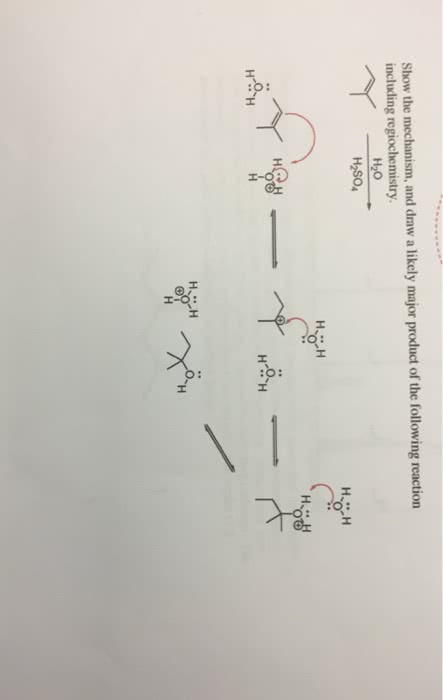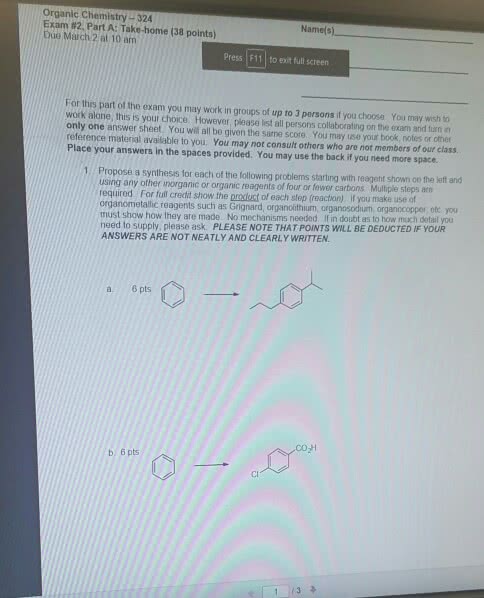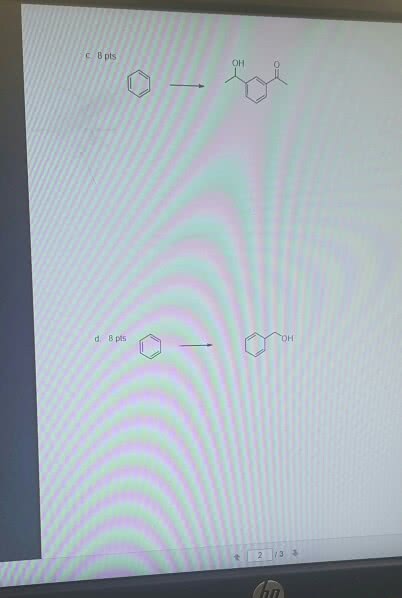[CHM120H5] - Final Exam Guide - Everything you need to know! (80 pages long)
Document Summary
Bond energy: nrg required to break a bond. Covalent bonds: electrons are shared by nuclei. Most widely accepted method for determining electronegativity values: linus pauling. (enge. Electronegativity: ability of an atom to attract shared electrons generally increase across a period and decreases down a group) A molecule (like hf) that has a center of positive charge and a center of negative charge is called to have a dipole moment or be dipolar. Dipole moment = = qr; q = electron charge; r= a x distance. Chemical compounds are always electrically neutral they have the same number of positive and negative charges. Isoelectronic ions: ions containing the same number of electrons. In general there are two important facts to consider in predicting the relative size of ions: the number of electrons and the number of protons. Since these are isoelectronic the number of electrons are the same but the number of protons increases as z(the nuclear charge) increases.



